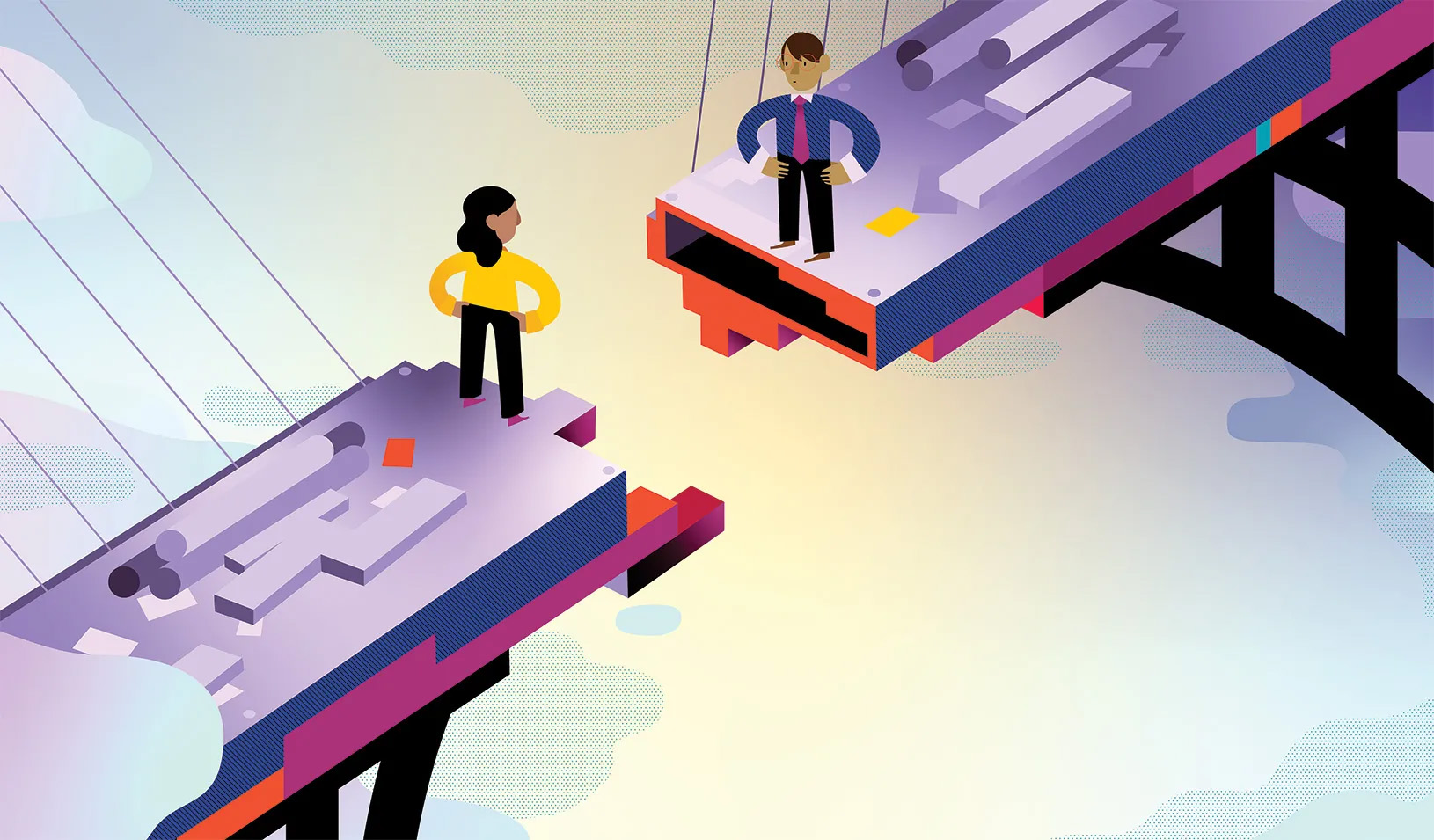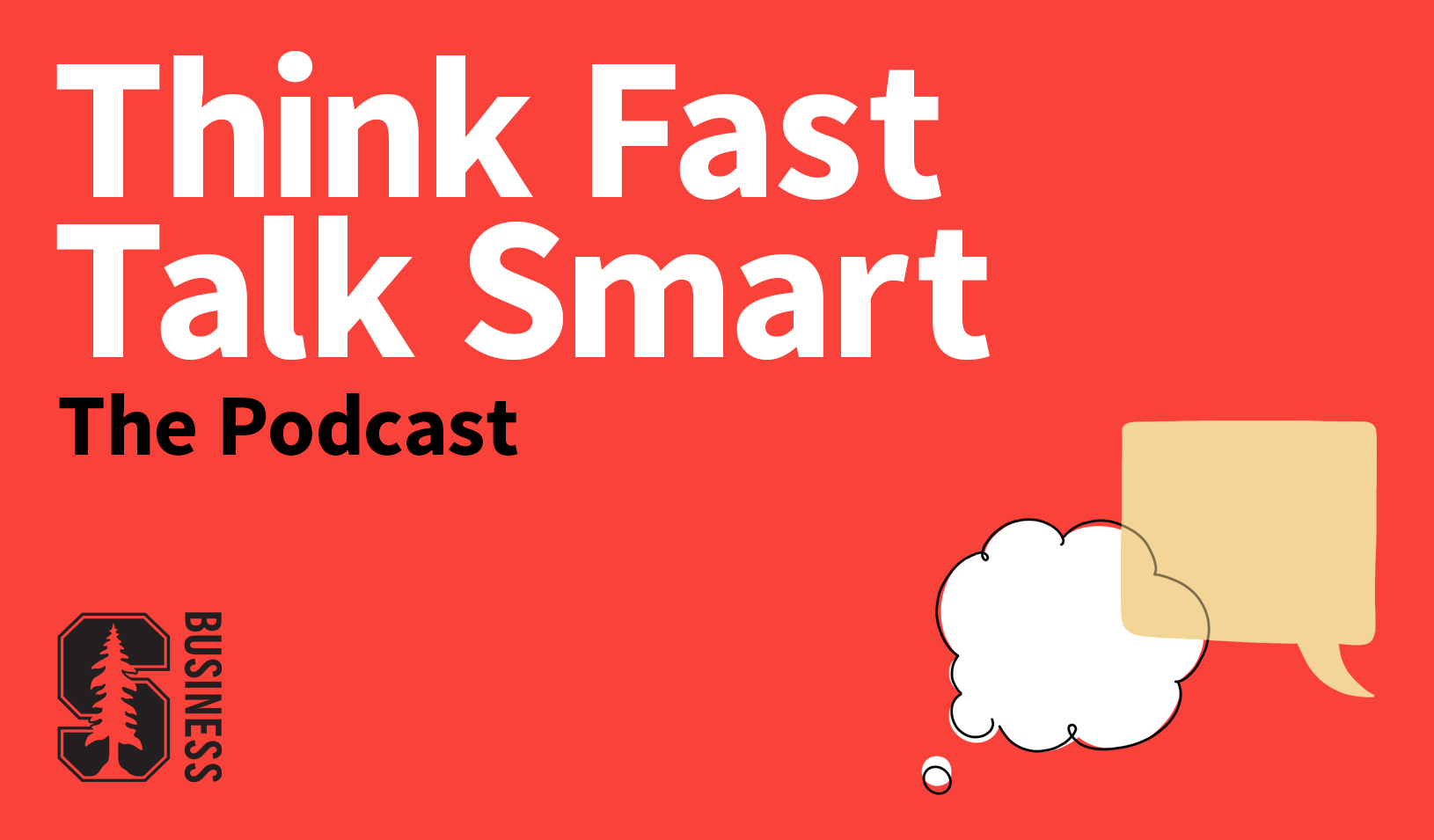
People shouldn’t be afraid to ask others for assistance. | Reuters/Agencja Gazeta/Renata Dabrowska
For many of us, the thought of asking someone for help or a favor — be it a colleague, friend, or stranger — is fraught with discomfort. We figure we’re imposing or tend to assume the person will say no, which could leave us embarrassed or humiliated.
But new research verifies the old adage, “Ask and you shall receive.” A series of studies reveals that people tend to grossly underestimate how likely others are to agree to requests for assistance.
“Our research should encourage people to ask for help and not assume that others are disinclined to comply,” says Frank Flynn, associate professor of organizational behavior at Stanford GSB. “People are more willing to help than you think, and that can be important to know when you’re trying to get the resources you need to get a job done, when you’re trying to solicit funds, or what have you.”
In fact, Flynn and Vanessa Lake, a Columbia psychology PhD student, have already had feedback to that effect on their paper, published in the July 2008 issue of the Journal of Personality and Social Psychology. “A colleague had just finished reading a draft and was running late to a dinner appointment,” says Flynn. “He was in the subway and realized he should call ahead but didn’t have a cell phone. He told us that our paper gave him courage to ask a stranger to borrow his—and that he was delighted when the person quickly obliged!”
In the first two studies, participants were instructed to ask favors of people in campus settings after estimating how many people they thought would comply with their requests. Participants asked to borrow strangers’ cell phones in order to make calls back to the experimenter, solicited individuals to fill out questionnaires, and asked students to help them find the campus gym — a favor that required obliging students to walk with a participant for at least two blocks in the direction of the gym.
The researchers found that participants consistently overestimated by 50 percent the number of people they’d have to ask to get a certain number to agree with each request. “Participants were initially horrified at the prospect of going out and asking people for such things,” says Lake. “But they’d bound back in to the lab afterward with big smiles, saying, ‘I can’t believe how nice people were!’”
The results were replicated even more dramatically in a real-world scenario involving volunteers for Team in Training, a division of the Leukemia and Lymphoma Society. These volunteers, who receive training for endurance sports events in exchange for fundraising for the society, were asked to estimate the number of people they thought they would have to solicit to reach their fundraising goal, as well as the average donation they expected.
Once again, volunteers predicted they would have to approach 50 percent more people than were actually needed. Moreover, they underestimated the average donation they’d receive by $17. “People seem to miscalculate how willing others are to say yes to direct requests, even in a conservative case like this where they’re open to soliciting others and the request is significant — anywhere from $30 to more than $1,000,” observes Flynn.
Why do people consistently make such underestimations? The researchers found it’s because they fail to get inside the head of the potential helper. The critical factor, say Flynn and Lake, is that those who are approached for a favor are under social pressure to be benevolent. Just saying no can make them look very bad — to themselves or others.
Two further studies demonstrated this dynamic. When given various scenarios, participants responded differently depending on whether they were in the role of a potential helper or the one who needed the help. Those asking for help thought they were more likely to be turned down than those offering aid. Even more importantly, askers said they thought it would be much easier for others to refuse their request than did potential helpers.
“That’s really the mechanism explaining the effect,” says Flynn. “People’s underestimation of others’ willingness to comply is driven by their failure to diagnose these feelings of social obligation on the part of others.”
One study found that those asking for help incorrectly believed it was more likely they would receive help if they were indirect about it—communicating their request with a look, rather than a direct question. In contrast, people in the position of offering assistance said they were much more likely to help if asked point blank. “That really puts the obligation on them, and makes it very awkward for them to refuse,” says Lake.
Similarly, in a final study, participants incorrectly calculated that they would get more people to answer a questionnaire if they simply handed them a flyer with the request, instead of asking them outright. This was the case whether they were asking people to fill out short, one-page questionnaires, or more burdensome, 10-page questionnaires. “The lesson is that you should pay more attention to how your request is being made than to the size of your request,” says Flynn.
“Other studies we’ve conducted indicate that people overestimate how likely it is that others will come to them for help,” Flynn continues. “This means not only are people not asking for help when in fact they could get it, but they’re not encouraging others to come to them for help when in fact they’re willing to offer it. That tells us that the ‘open-door’ policy is basically ineffective unless people are actively encouraged to use it.”
For media inquiries, visit the Newsroom.





